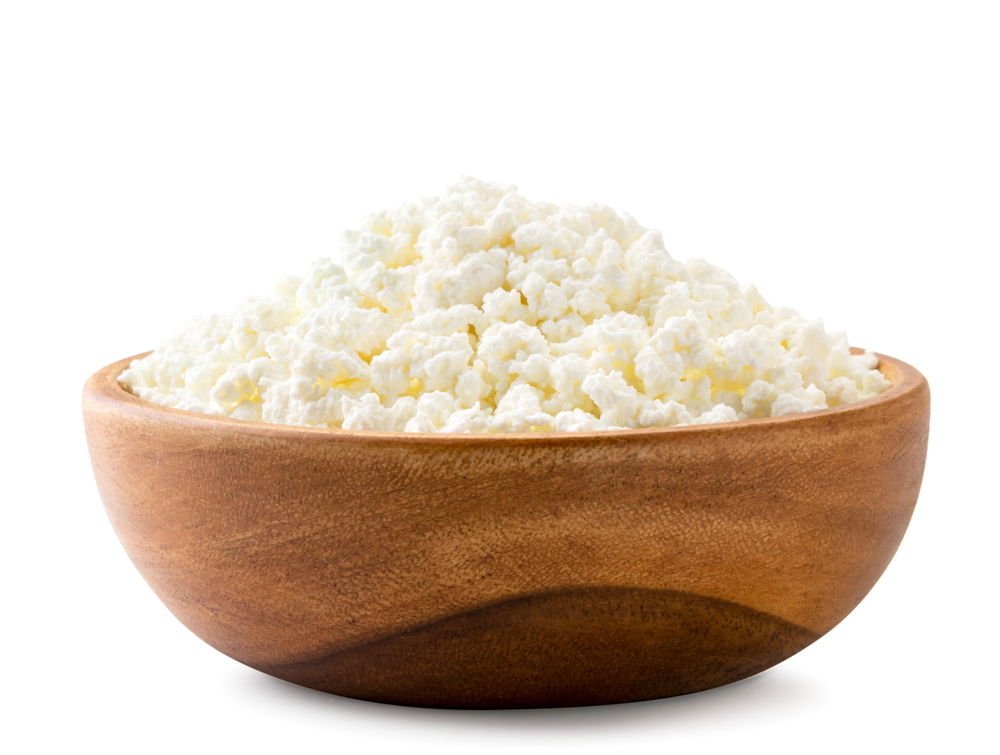If you’ve been tossing and turning at night, plagued by vivid nightmares that leave you exhausted come morning, the culprit might be sitting right in your refrigerator. Recent scientific discoveries have uncovered a startling connection between dairy consumption and sleep disturbances that could revolutionize how we think about bedtime nutrition.
For millions of Americans who enjoy their evening cheese and crackers or late-night ice cream, this revelation comes as a shock. The creamy, comforting foods we’ve long associated with relaxation might actually be sabotaging our sleep quality in ways we never imagined.
The hidden epidemic of sleep troubles
Sleep disorders have reached epidemic proportions across the developed world, with more than half of Americans reporting some form of sleep disruption on a regular basis. The statistics paint a troubling picture of a society struggling to get quality rest, with Western Europe faring only slightly better at roughly one-third of the population experiencing sleep issues.
Nightmares represent one of the most distressing aspects of poor sleep quality, affecting an overwhelming majority of adults at least once annually. While occasional bad dreams are normal, approximately five percent of the population suffers from frequent nightmares that significantly impact their daily functioning and overall well-being.
The triggers for these unsettling nocturnal experiences vary widely, ranging from prescription medications and alcohol consumption to stress and dietary choices. However, the role of specific foods in dream content and sleep quality has only recently begun receiving serious scientific attention.
The dairy dilemma unveiled
Groundbreaking research involving over 1,000 university students has shed new light on the relationship between dairy consumption and sleep disturbances. The comprehensive study examined participants’ dietary habits, sleep patterns, and food sensitivities to identify potential connections between what we eat and how we sleep.
The findings were nothing short of remarkable. Individuals with lactose intolerance consistently reported higher frequencies of nightmares and significantly lower overall sleep quality compared to those who could digest dairy products without issue. This correlation suggests that for a substantial portion of the population, dairy consumption could be directly linked to their sleep troubles.
The implications extend far beyond simple stomach discomfort. The research indicates that the body’s inability to properly process lactose can create a cascade of physiological responses that interfere with normal sleep cycles and dream patterns, potentially transforming peaceful slumber into a nightly battle with disturbing imagery.
Understanding the lactose factor
Lactose intolerance occurs when the digestive system lacks sufficient quantities of lactase, the enzyme responsible for breaking down lactose, a sugar naturally present in milk and dairy products. This deficiency affects a significant portion of the global population, with prevalence rates varying dramatically across different ethnic groups and geographic regions.
When lactose-intolerant individuals consume dairy products, their bodies struggle to process the offending sugar, leading to a range of gastrointestinal symptoms including bloating, cramping, gas, and digestive distress. These physical discomforts don’t simply disappear when we lie down to sleep; instead, they can persist throughout the night, creating an environment conducive to restless sleep and vivid, often disturbing dreams.
The connection between digestive distress and sleep quality makes biological sense. When our bodies are dealing with internal discomfort, the nervous system remains in a heightened state of alertness, making it difficult to achieve the deep, restorative sleep phases necessary for optimal rest and recovery.
Beyond lactose: The broader dairy picture
While lactose intolerance represents the most obvious connection between dairy and sleep disturbances, other components of dairy products may also play a role in sleep quality. Casein, a protein found in milk, can be difficult for some people to digest and may contribute to inflammation and discomfort that extends into the nighttime hours.
Additionally, many dairy products, particularly aged cheeses, contain tyramine, a naturally occurring compound that can stimulate the release of norepinephrine, a neurotransmitter that promotes alertness and can interfere with the natural progression toward sleep. This biochemical response can create a state of mental arousal that makes falling asleep more difficult and increases the likelihood of experiencing vivid or disturbing dreams.
The fat content in many dairy products also deserves consideration. High-fat foods require more energy to digest and can cause digestive processes to continue well into the night, potentially disrupting sleep patterns and contributing to unusual dream activity.
The psychological sleep connection
The relationship between food sensitivities and sleep disturbances extends beyond purely physical symptoms. Gastrointestinal discomfort can manifest in unexpected ways during sleep, potentially influencing dream content and emotional regulation throughout the night.
When the body experiences internal distress, the subconscious mind may incorporate these sensations into dream narratives, creating scenarios that reflect the underlying physical discomfort. This phenomenon could explain why individuals with food sensitivities often report more frequent nightmares and emotionally intense dreams.
The stress response triggered by food intolerances can also affect cortisol levels and other hormones that regulate sleep-wake cycles. Elevated stress hormones can fragment sleep patterns, reduce time spent in deep sleep phases, and increase the likelihood of experiencing memorable, often unpleasant dreams.
Practical strategies for better sleep
For those suspecting that dairy might be interfering with their sleep quality, several practical approaches can help identify and address potential issues. The key lies in making gradual changes while carefully monitoring sleep patterns and dream content.
Timing your meals wisely
One of the most effective strategies involves adjusting meal timing to allow adequate digestion before bedtime. Finishing dinner and any snacks at least two to three hours before sleep gives the digestive system time to process food without interfering with natural sleep rhythms.
This timing recommendation applies particularly to dairy-containing foods, which may require additional processing time for those with sensitivities. Late-night ice cream or cheese snacks, while tempting, can set the stage for uncomfortable nights and disturbing dreams.
Identifying problem foods
Keeping a detailed food and sleep journal can reveal surprising patterns between dietary choices and sleep quality. Record not only what you eat and when, but also note sleep quality, dream content, and how you feel upon waking. Over time, clear connections may emerge that point to specific trigger foods.
Pay particular attention to dairy consumption in the hours leading up to bedtime. Even small amounts of lactose-containing foods can affect sensitive individuals, so don’t overlook seemingly minor dietary choices like cream in coffee or butter on toast.
Creating sleep-friendly alternatives
For those who discover that dairy is indeed affecting their sleep, numerous alternatives can satisfy cravings without compromising rest quality. Plant-based milk alternatives, dairy-free ice creams, and nut-based cheeses offer similar flavors and textures without the problematic lactose content.
When choosing bedtime snacks, opt for easily digestible options that won’t burden the digestive system. Combinations like almond butter with banana, herbal tea with a small piece of toast, or a handful of nuts provide satisfaction without the potential sleep-disrupting effects of dairy products.
The broader sleep hygiene picture
While addressing potential dairy sensitivities represents an important step toward better sleep, it should be part of a comprehensive approach to sleep hygiene. Avoiding stimulants like caffeine and alcohol in the evening hours, maintaining consistent sleep schedules, and creating a comfortable sleep environment all contribute to optimal rest quality.
Spicy foods, heavy meals high in saturated fats, and excessive fluid intake close to bedtime can also interfere with sleep quality and should be minimized for those struggling with sleep disturbances. The goal is creating conditions that support natural sleep processes rather than working against them.
Looking toward better nights
The emerging understanding of how food sensitivities affect sleep quality opens new possibilities for addressing chronic sleep problems through dietary modifications. For many individuals, simple changes in eating patterns and food choices may provide relief from persistent sleep disturbances that have resisted other interventions.
This approach represents a low-risk, potentially high-reward strategy for improving sleep quality. Unlike sleep medications, which can carry side effects and dependency risks, dietary modifications offer a natural path toward better rest with the added benefit of potentially improving overall digestive health.
The journey toward better sleep may begin with examining what’s on your plate rather than what’s in your medicine cabinet. For those willing to experiment with their dietary choices, the reward could be nights filled with peaceful, restorative sleep instead of troubling dreams that leave them exhausted come morning.
















